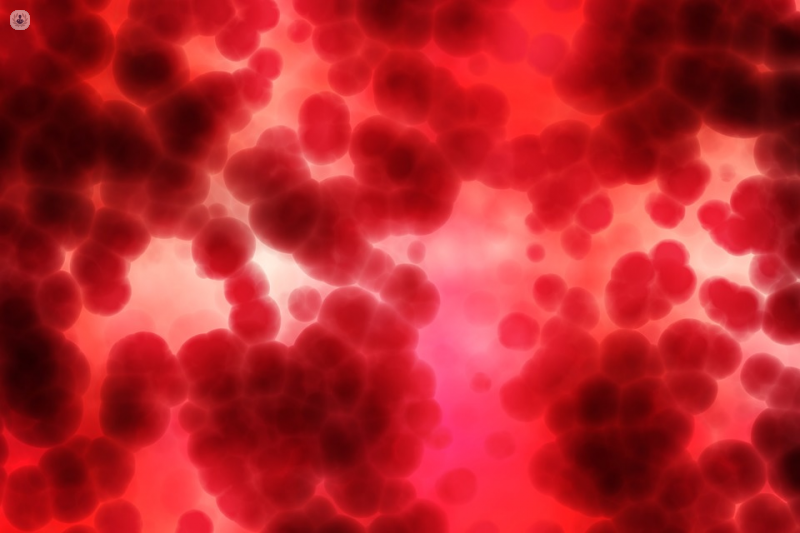Endovascular brachytherapy
What is endovascular brachytherapy?
Brachytherapy uses radiation in the form of implants that are placed into the body near or inside a tumour. The radiation focuses on destroying the tumour, only affecting the smallest amount of normal cells.

Endovascular brachytherapy prevents restenosis (abnormal narrowing of arteries and valves after corrective surgery) of the coronary arteries and blood vessels of the extremities after an angioplasty and prevents the reoccurrence of blockages.
Why is endovascular brachytherapy done?
Endovascular brachytherapy is done to prevent restenosis and to avoid reoccurring blockages from forming in blood vessels.
What does endovascular brachytherapy involve?
A low dose of radiation is inserted into the coronary arteries. This can be done in a number of ways, such as using a balloon catheter filled with a radioactive liquid or gas, a double layer balloon catheter with a radioactive coating between the two layers and using radioactive prostheses.
The position of the source of radiation is verified using real-time fluoroscopy during the procedure and the procedure is carried out by a multidisciplinary team of cardiologists and radiologists.
Preparing for endovascular brachytherapy
Your doctor may carry out a number of tests before the procedure, including:
- An ultrasound or CT scan
- Blood tests
- Electrocardiogram
- Chest X-ray
Aftercare
Patients normally have to stay in the hospital for 24 hours and must attend follow-up sessions to evaluate possible side effects. They can return to normal activities within days or weeks after the intervention. Some tenderness and swelling may be felt surrounding the area that was operated on and fatigue may also be experienced for a brief period.